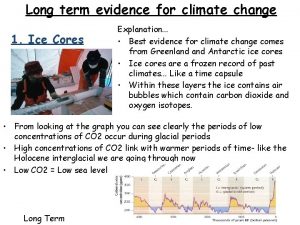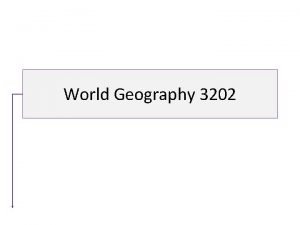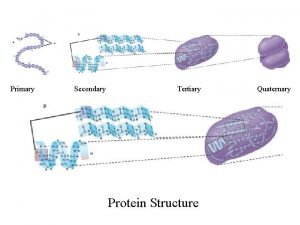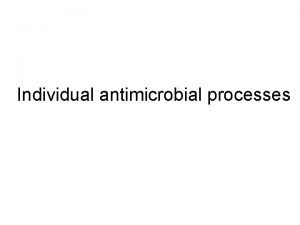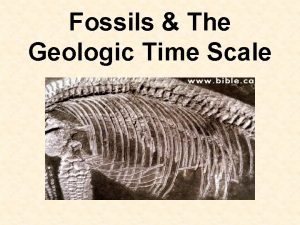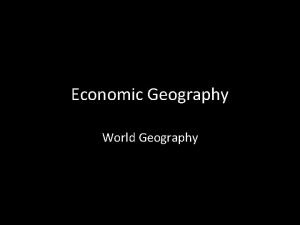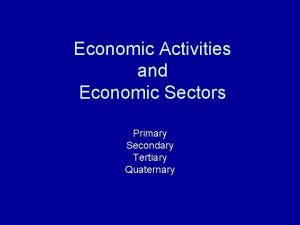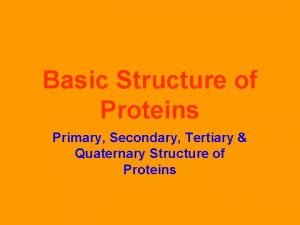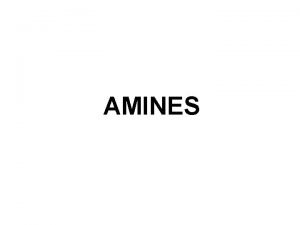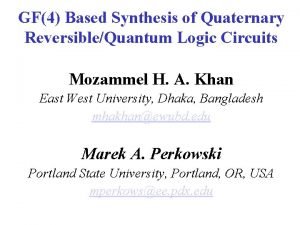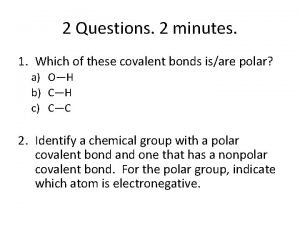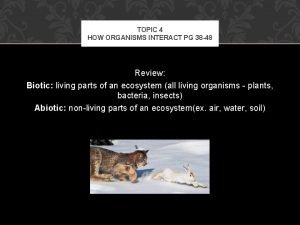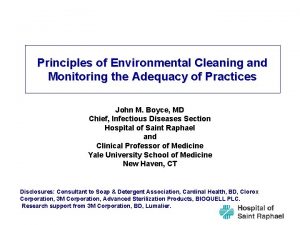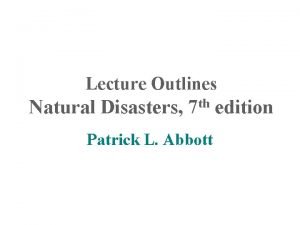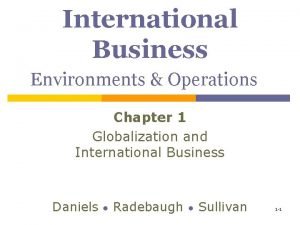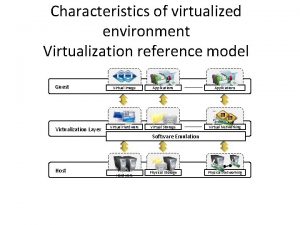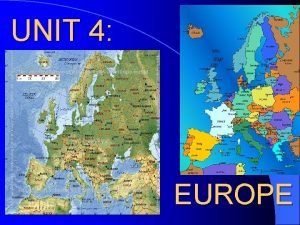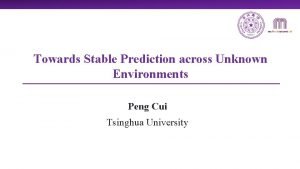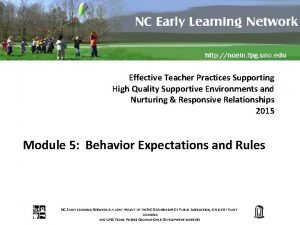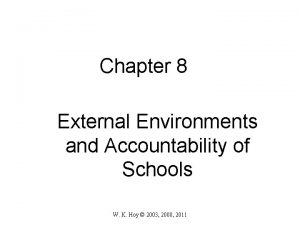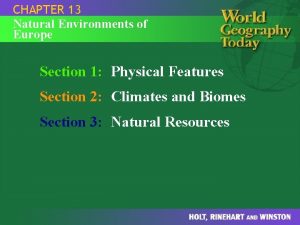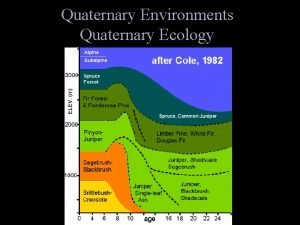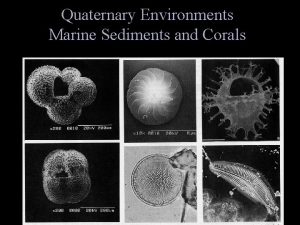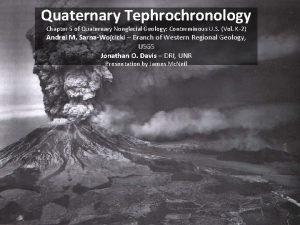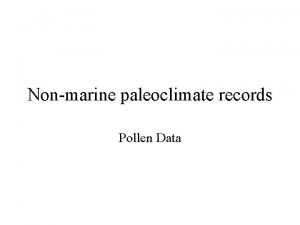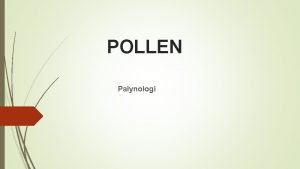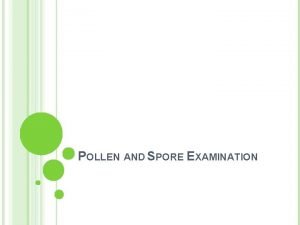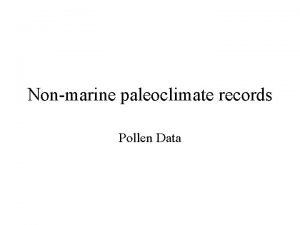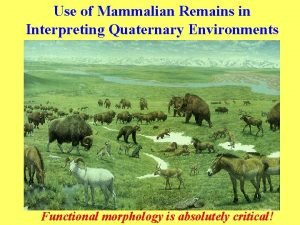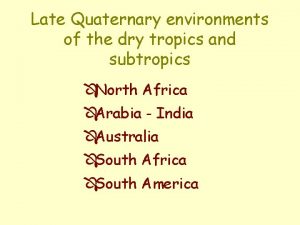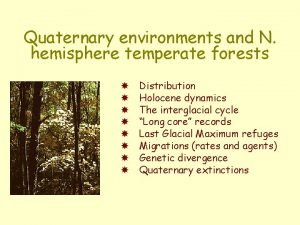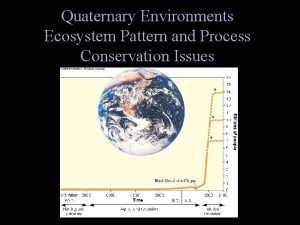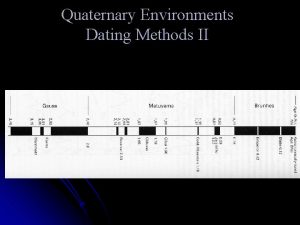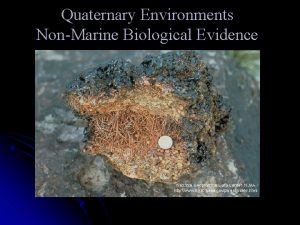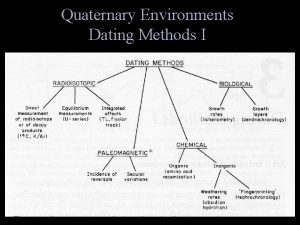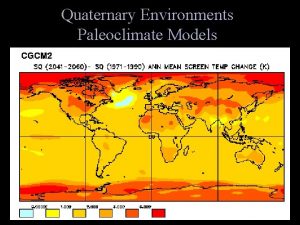Quaternary Environments Pollen Analysis Pollen Analysis T T



































- Slides: 35

Quaternary Environments Pollen Analysis

Pollen Analysis T T Millions of tons of organic material is dispersed into the atmosphere by flowering plants and cryptogams every year Sedimentation rate is important for fine resolution

Basis of Pollen Analysis T T Distinct morphology of pollen grains Produced in vast quantities by wind-pollinated plants Extremely resistant to decay Reflect natural vegetation

Pollen T T T 10 – 150 microns Exine – Chemically resistant outer layer Morphology Shape T Size T Sculpturing T Number of apertures T


Treatment T T T Hydrochloric Acid Sulfuric Acid Hydrofluoric Acid Acetic Anhydride Pollen Solution Lycopodium Control

Pollen Prep and Microscope Work

Pollen Morphology



Catchment T Preservation sites Lakes T Bogs T Estuaries T Alluvial deposits T Marine sediments T Glacial ice T Archaeological sites T Packrat middens T Coprolites T

Scale T T Basin size determines catchment area Based on dispersal distance Based on pollen productivity Different spatial and temporal scales of pollen change are driven by different processes


Lake Coring



Sediment Core

Other Factors that Affect Pollen Dispersal T T T Fire Insect infestation Plant successional changes Season of pollination Interference by humans

Under and Over Represented Pollen Types

Dispersal Model


Problems T Differential production T T Differential preservation T T Populus pollen disintegrates easily Number of pollen grains to count T T Wind versus insect or animal pollinated Greater than 200 Bioturbation

Biostratigraphic Zones T Biostratigraphic Zone: "A " biostratigraphic zone is defined solely by the fossils it contains, without reference to lithology, inferred environment, or concepts of time. " Code of Stratigraphic Nomenclature. Bull. Amer. Assoc. Petrol. Geol. 45(5): 645 -665.


Vegetation versus Modern Pollen Hickory Elm Oak Ash

Callibration T Compare pollen assemblages to known temperature and precipitation T Develop transfer functions to reconstruct past climate



Pollen Diagram

Pollen Diagram from Carp Lake, Oregon

Temporal Reconstruction of Temperature and Precipitation

Spatial Reconstruction of Vegetation

Isochrones of Vegetation Migration

Altitudinal Changes in vegetation zones in the Eastern Cordillera of Columbia

 Pollen analysis
Pollen analysis Quaternary sector
Quaternary sector Secondary and tertiary structure
Secondary and tertiary structure What is a tertiary consumer
What is a tertiary consumer Disadvantages of phenol
Disadvantages of phenol Quaternary period organisms
Quaternary period organisms Owl food web
Owl food web Primary structure of myoglobin
Primary structure of myoglobin Quaternary economic activity
Quaternary economic activity What are the 4 levels of economic activity
What are the 4 levels of economic activity What is tertiary economic activity
What is tertiary economic activity What are quaternary consumers
What are quaternary consumers Primary secondary tertiary quaternary structure of proteins
Primary secondary tertiary quaternary structure of proteins Ketone and secondary amine reaction
Ketone and secondary amine reaction Binary to quaternary
Binary to quaternary Nitrogen base
Nitrogen base Quaternary structure of protein
Quaternary structure of protein Bisguanide
Bisguanide Enzym
Enzym Quaternary consumer
Quaternary consumer Advantage and disadvantage of quaternary ammonium compounds
Advantage and disadvantage of quaternary ammonium compounds Quaternary extinction
Quaternary extinction Primary secondary tertiary health care definition
Primary secondary tertiary health care definition International business environment and operations
International business environment and operations Discuss machine reference model of execution virtualization
Discuss machine reference model of execution virtualization Business and its environment are
Business and its environment are Chapter 13 natural environments of europe
Chapter 13 natural environments of europe Peng cui tsinghua
Peng cui tsinghua Psychologically informed environments
Psychologically informed environments Psychologically informed environments
Psychologically informed environments Creating supportive environments smoking
Creating supportive environments smoking High quality supportive environments
High quality supportive environments Example of external environment in school
Example of external environment in school Model-based reflex agents examples
Model-based reflex agents examples Chapter 13 natural environments of europe
Chapter 13 natural environments of europe Jonassen constructivist learning environment
Jonassen constructivist learning environment
